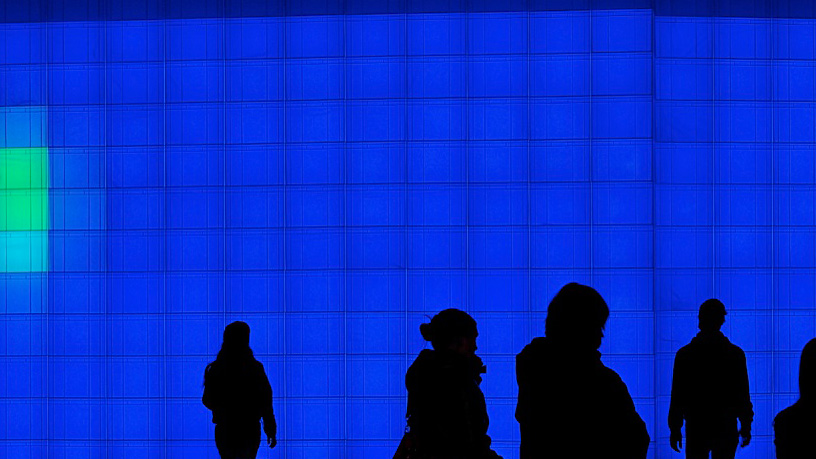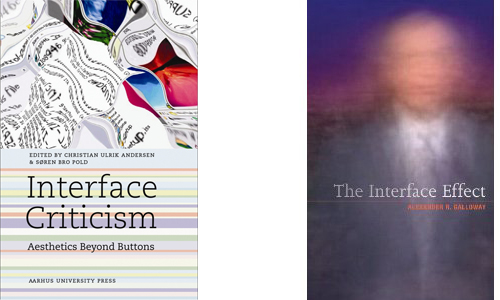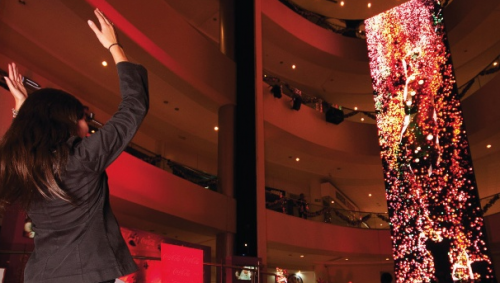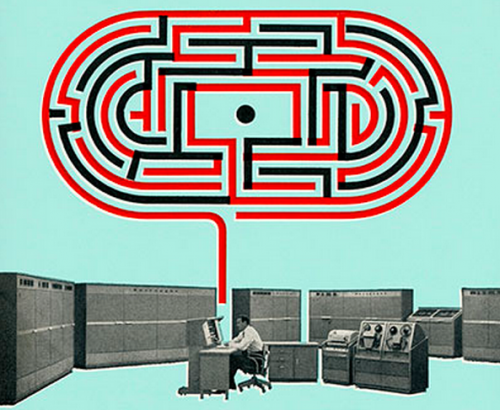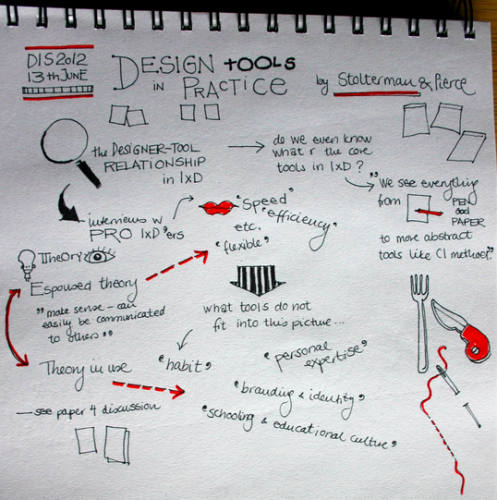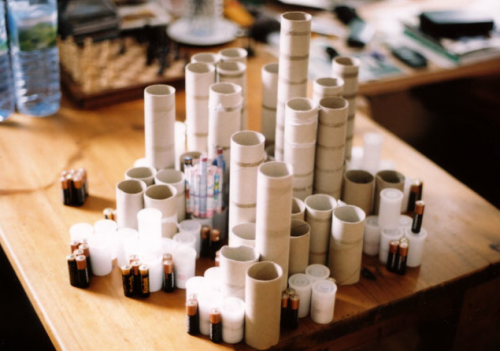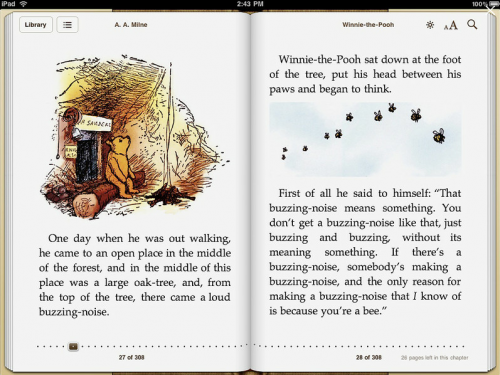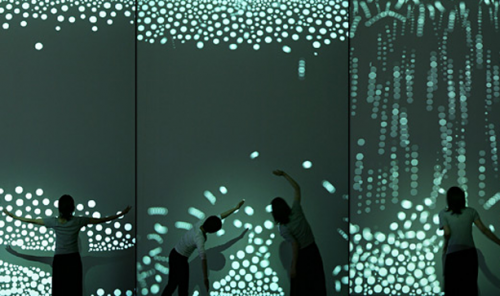As part of the Media Architecture Biennale, we will host a 24 hour student design competition on 1 October 2012 beginning at 20:00 CET (7 pm GMT). The design competition is open to bachelor’s, master’s and PhD students in the fields of interaction design, human-computer interaction, architecture, urban design, etc. from around the world and it will not be necessary to be in Aarhus to participate.
The design challenge will begin on 1st of October when the design brief is made public on the MAB website as well as per email to participants who have signed up. To demonstrate your solution to the design challenge, you are asked to submit a video. This can be either a video prototype or a concept video. Anything from animation through screen capture to acting is valid. Note that this means that you will not have to implement the system. Participants will be required to keep a design blog throughout the 24 hours – this blog should record any major stages for your design. We don’t expect you to share any ideas or results before the end of the 24-hour challenge, but what we want to be able to follow is the methodology you used to come up with your final design.
The winning team will receive a travel scholarship for attending the Media Architecture Biennale 2012 in Aarhus to the amount of 1,000 EUR as they will be invited to present their conceptual work at the biennale. The top three entries will be awarded certificates of recognition.
